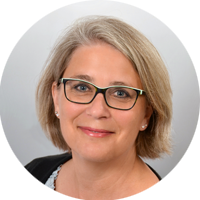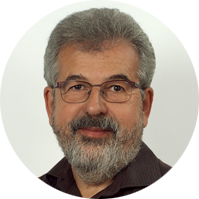Omani Society
The long international trading tradition of the Omanis has left unmistakable traces in today's society. Even the skin color of the Omanis varies in all shades from black to white and is thus a meaningful and obvious testimony to the chequered and cosmopolitan past. The descendants of the northern and southern Arab tribes, the Hinawiy and Gahfiriy, form the majority of the population. In addition, today there are many Omanis living in the country in whose veins African blood also flows. They are generally called Zanzibari, and because of their educational advantage in the early years of the new state, they made up the bulk of the technocrats in the modern state. The East African Bantu language Swahili is still maintained and kept alive under the Zanzibaris.
The hill tribes of the south speak the early Semitic Jabali, and the Bedouins along the border with Saudi Arabia and Yemen speak Mahri. The inhabitants of the small fishing village Kumzar on the Strait of Hormuz -- the Kumazarah -- are probably immigrants from Balochistan and speak a Persian dialect: Kumzari. Baluchis were well-respected mercenaries in Oman and played an important role in the army until the 1970 power shift. But even as menial workers, they found better earning potential here than in their homeland on the Makran coast of Pakistan. Their descendants speak Baluchi. The legion of guest workers from India and Pakistan speaks Hindi and Urdu.
Many other small Islamic and Hindu communities have found a home in Oman. What unites the many ethnic groups today is the abstract concept of the "Omani citizen," probably the most important foundation for the modern day nation-state.
Are you interested in a trip to Oman?
► Explore Oman with ARABIA FELIX
Your contacts for travels at Arabia Felix:
Maria Popp, Karin Nowack und Georg Popp
✆ Tel.: +49 (0)89 / 30 77 92 00
✉ info@oman.de



